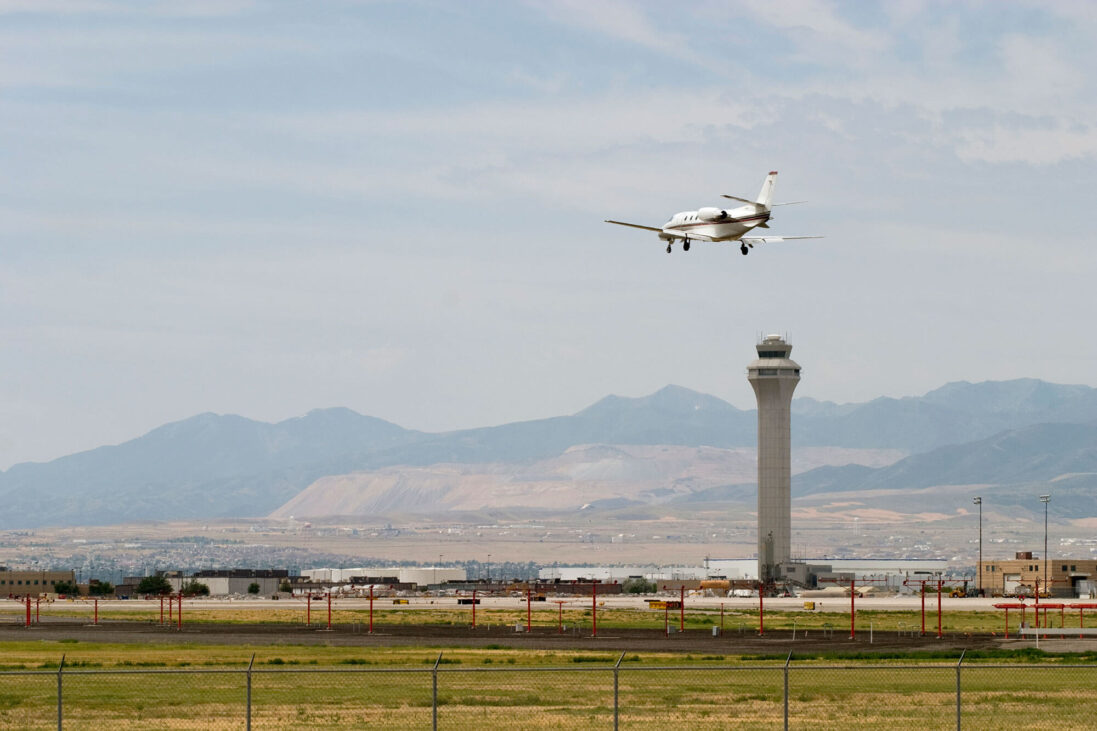
Feb. 6, 2020
The principal hazards identified in NBAA’s Top Safety Focus Areas have changed little over time, said Safety Committee Chair Tom Huff, and starting this year, the committee will review the top safety areas biennially so operators and the committee can more efficiently address the hazards and causes, and develop resources to reduce risk.
This helps operators and the committee to maintain their focus on the Top Safety Focus Areas, said NBAA Safety Committee Vice Chair Jeff Wofford. Everyone should be working within their operation to address the identified hazard causes that lead to loss of control in flight, runway excursions, controlled flight into terrain and aircraft ground operation and handling incidents.
At the same time, operators are encouraged to increase their sharing of human-reported and automated safety data, while leveraging systems knowledge and mode selection/engagement verification to defend against automation mismanagement. Improving safety performance of single-pilot operations is a sustaining effort for the committee, and all recommended practices are underpinned by the committee’s foundations for safety: professionalism, safety leadership, technical excellence and risk management.
“Safety is an endless effort, and the NBAA Safety Committee is dedicated to discrete actions that measurably mitigate operational risk,” said Mark Larsen, CAM, NBAA senior manager of safety and flight operations.
“For example, one of the tools for reducing ground operations and handling incidents is the NBAA Airport Audit Checklist, which is designed to be used by operators when making an airport or FBO selection. A recent joint industry/FAA working group developed specific mitigation strategies to address the risk of diesel exhaust fluid contamination of aircraft fuel,” he said. “The committee discussed and agreed to incorporate those strategies into the NBAA Airport Audit Checklist, providing a more comprehensive solution for business aircraft operators to utilize, and thus better mitigate the risk of airborne power loss from such a ground-handling incident.”
NBAA Safety Committee working groups continue their efforts on discrete mitigations for all of the hazard causes categorized by the focus areas. “We are also working on metrics that evaluate the effectiveness of each deliverable. What was it designed to do and how is it achieving that goal?” said Huff.
For the committee and the business aircraft operators that employ these safety products, the metrics will “provide better visibility on what is going on, leading to better safety risk management for business aviation and ultimately, success in moving the safety needle to the ‘safer’ direction,” said Huff.


 International Business Aviation Council Ltd.
International Business Aviation Council Ltd.